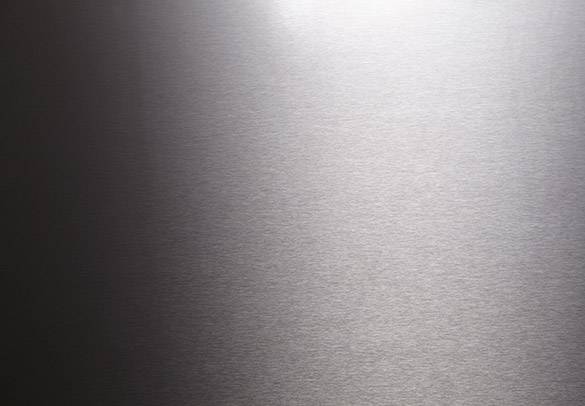Stainless Steel Findings

Beauty For Years
We use stainless steel grade 316L (also known as Surgical Steel) in our jewellery because of its bright silvery finish, its resistance to tarnish and scratching, low reactivity to other chemicals, excellent durability and ability to retain beauty for years.
Also, we use some small findings from stainless steel grade 304.
316L is a low carbon version of 316, with extra corrosion resistance, and is frequently used for stainless steel watches, medical and marine applications.
Although almost all stainless steel versions contain nickel - 304 and 316L is considered hypoallergenic.
There are various pieces of legislation concerning nickel. The European Directives 76/769/EEC and 94/27/ECC (12th amendment to 76/769/EEC, dated 30th June 1994) have some relevance to the use of stainless steels in skin contact and body piercing jewellery applications. These are sometimes referred to as the 'nickel or jewellery' directives. The requirements of directive 94/27/EEC cover two quite separate issues, Body Piercing and Skin Contact.
Nickel release tests and clinical patch tests for skin contact show that 304 and 316L grade stainless steel can be expected to meet EU Directives (actual release rates are shown 10 times less than a maximum allowed by the Directive and no allergic reactions found).
We do not use stainless steel in body piercing jewellery piercing parts (f.e. in earring hooks).
